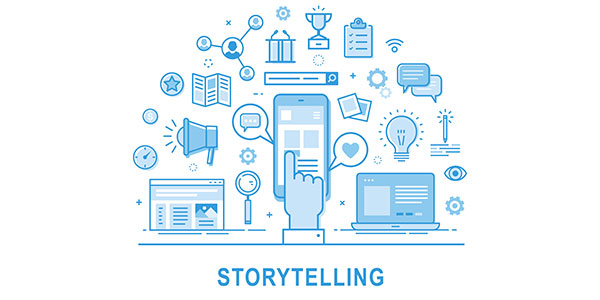Digital Storytelling in the EDI space

As we approach the two-year mark of what might be considered one of the most critical wake-up calls in the diversity and inclusion space; I want to reflect on an EDI centred research project I conducted during my master’s programme at Loughborough.
The research was influenced by the events in 2020, following the killings of Ahmaud Arbery, Breonna Taylor and George Floyd in the US. “Black Lives Matter” were the chants heard in protests across the world. A catalyst that led to an amass of content with pledges from companies supporting Black lives and a recognition of the need to represent individuals from all walks of life within working environments.
I began to think about how marginalised groups can share their real-life experiences and what is currently being done within organisations to help shape EDI strategies. From my initial research, I found that inclusion measurements are collected using surveys, interviews and focus groups. Therefore, this opened up an opportunity to explore a developing method of data collection known as digital storytelling.
My primary aim was to try and establish how organisations can use digital storytelling to inform equality, diversity and inclusion strategy.
Digital storytelling (DST) was initially developed in the late 1990s by Jo Lambert and their team in Berkley, California. It comprises a 2–5-minute visual narrative that combines media forms such as images, voice-over narration and audio. Digital storytelling established a way to democratise culture through empowering and giving voice to groups traditionally marginalised or ignored by mainstream culture.
I chose to use Loughborough University as the primary case study for the research. In doing so, I had the opportunity to speak directly with some of the University EDI strategists. The interviews conducted involved screenings of real-life digital stories created by Gen-Z students from ethnic minority backgrounds through a series of workshops.
The conversations were open and candid, and subsequently, I was able to derive some interesting findings. The research found that digital storytelling provides a unique insight into experiences of racial inequality and social inclusion. In addition, digital stories bring individual narratives to life that might otherwise be difficult to capture using alternative data collection methods. Overall, findings from the research indicated the benefits of the digital story methodology in raising awareness and securing buy-in, highlighting its potential, especially when combined with other data forms.
For EDI strategies to be effective, organisations must assess their culture and establish an environment for initiatives to thrive. We are in an age whereby social apps such as Facebook, Instagram and TikTok allow users to document their lives. Universities and organisations alike should consider exploring data collection methods such as digital storytelling moving forward in the EDI space:
1) to better engage with individuals on a human level
2) to ensure all voices are heard in the current digital landscape
The power of digital storytelling is being used in initiatives to amplify the experiences of individuals. The Making of Black Britain (MOBB) campaign partnership with Google Arts and Culture is an oral history project dedicated to telling stories. MOBB is a fresh example of how digital stories can capture the everyday of everyone, every colour, class and creed from generation to generation.
Annabeth Owusu
MSc Data Science
Graduated in 2021
Equality, Diversity and Inclusion
Reflections, comments, discussion and opinion on EDI topics from Loughborough University staff and students